Strengthening the role of the State, socializing standardization
With the high consensus of the National Assembly , the amended Law creates a bold turning point in decentralization, deeply empowering localities, promoting digital transformation and international integration. One of the fundamental changes is to systematize and clarify the concept, scope, principles of application as well as the method of promulgating technical standards and regulations.
The law systematizes 23 concepts; affirms that standards are voluntary, regulations are mandatory, and a product has only one national regulation, except in special cases. The “one-stop” regulation puts an end to the situation where each ministry and each locality issues its own regulations, reducing the cost of repeated testing. For the first time, the concept of “technical barriers to trade” is legalized, requiring standards and regulations to be transparent, scientific , and in harmony with international practices.
Article 6 affirms the model of “State-oriented - market-led - central enterprise”. Articles 7 and 7a supplement investment policies for testing infrastructure, research support funds, expert training programs and public-private partnership mechanisms. The law encourages associations, research institutes, overseas Vietnamese and the private sector to participate in developing and disseminating standards.
The first national standards strategy
Article 8a requires the development of a National Standards Strategy for the 2026-2035 period, prioritizing strategic technology, digital transformation, and green standards. Article 8c establishes a National Database on Standards - Measurement - Quality, connects the Government data system, and supports businesses in online lookups. Articles 14, 19, 29, and 35 stipulate plans for developing and reviewing standards linked to socio -economic goals; Articles 17 and 32 allow for shortened procedures in emergency cases.
 |
Delegates vote at the Hall (Photo: Ministry of Science and Technology) |
Democratizing the construction process
Two new articles (11a, 27a) empower businesses, associations, experts and consumers to participate from the proposal stage to the appraisal of the draft. The draft must be publicly posted for at least 60 days; comments and contributions are received and responded to transparently. Organizations and individuals with outstanding contributions will be given priority for consideration for science and technology awards.
Transparent assessment of conformity, promoting mutual recognition
Chapter IV is comprehensively revised: enterprises can self-assess or hire domestic or foreign organizations; the results must be publicly announced, without distinction between domestic and foreign goods. Article 57 expands the mutual recognition mechanism (MRA) or unilateral recognition of results from reputable international organizations, helping to reduce testing costs and shorten customs clearance time.
Streamline and standardize the law
The law abolishes 12 articles and the entire Chapter VI, and replaces some terms such as removing “calibration” and changing “certification” to “assessment”. The document unifies electronic records, applies digital signatures, simplifies paperwork, and creates convenience for businesses and management agencies.
Impact on business and economy
The law puts enterprises at the center: supporting small and medium enterprises to develop standards, standardize production lines, and train experts; encouraging the use of conformity marks to ensure quality transparency; requiring conformity assessment organizations to meet strict conditions and be responsible for compensation when causing damage. The principle of “one product, one standard” and the MRA mechanism are expected to reduce testing costs by about 30%, expanding export opportunities.
Affirming Vietnam's position in the digital age
In the context of digital economy, green transformation and deep integration, the 2025 amended Law helps Vietnam proactively participate in developing international standards, promoting R&D of new technologies (AI, IoT, hydrogen, renewable energy), improving competitiveness and protecting consumers. The advanced standards system is also a prerequisite for attracting investment in high-end supply chains that meet ESG requirements.
The law takes effect from July 1, 2026. To turn regulations into real benefits, it is necessary to: Complete the National Standards Strategy and the roadmap for digitizing databases in 2025. Review more than 600 industry and local standards, ensuring "one product, one standard". Promote communication and training; increase resources for remote testing infrastructure. Encourage private laboratories to meet international standards and share testing data.
The Law amending and supplementing a number of articles of the Law on Technical Standards and Regulations in 2025 is not only a legal document but also a new competitive lever for Vietnamese enterprises. By placing enterprises at the center, expanding the participation of society, prioritizing digitalization and international harmonization, this document opens up opportunities for Vietnam to narrow the quality gap, proactively integrate and affirm its position in the global market.
Source: https://baophapluat.vn/khac-phuc-chong-cheo-nang-tam-tieu-chuan-quoc-gia-post551833.html



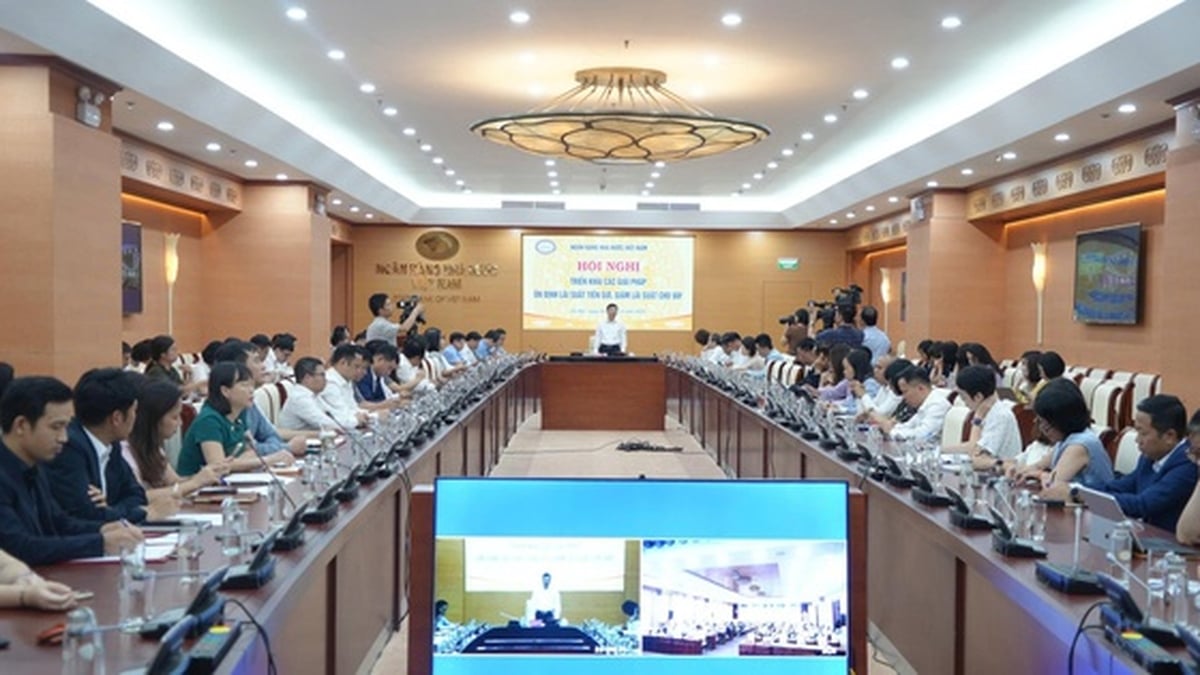




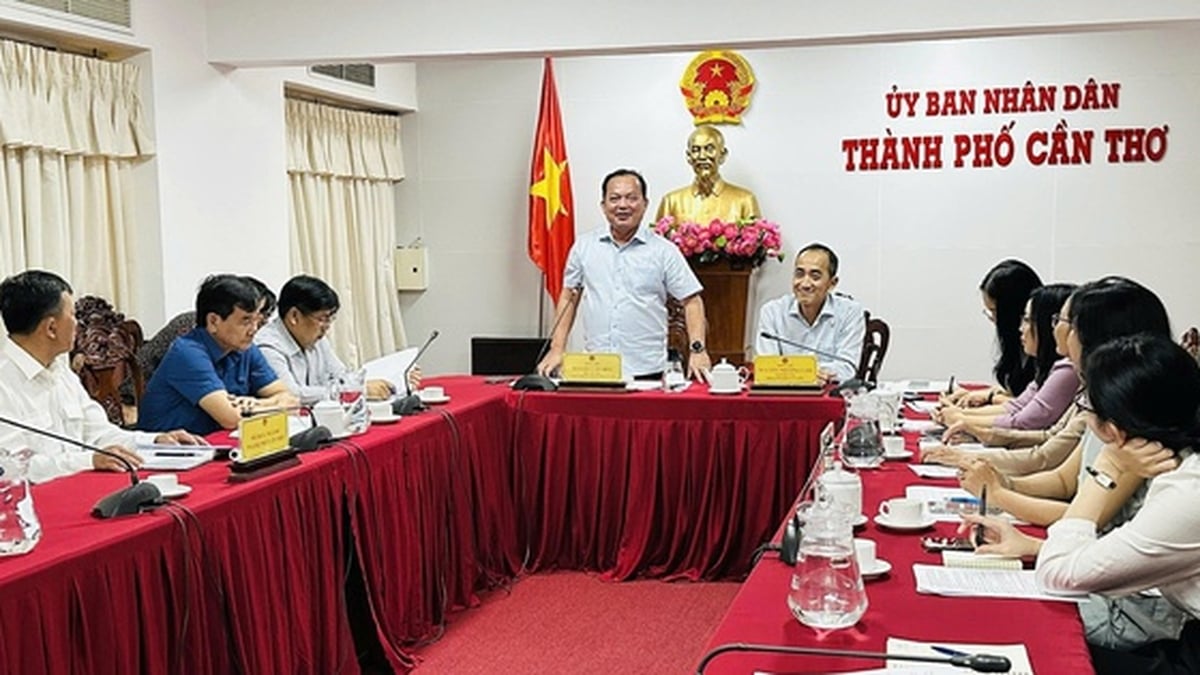


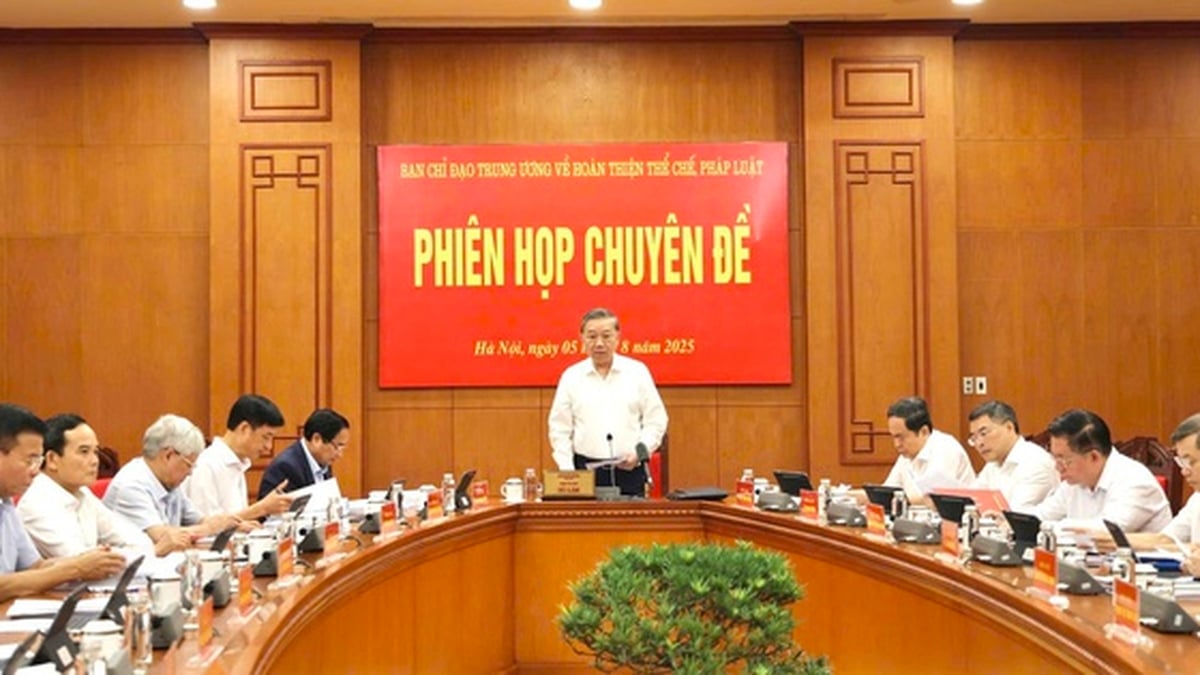










































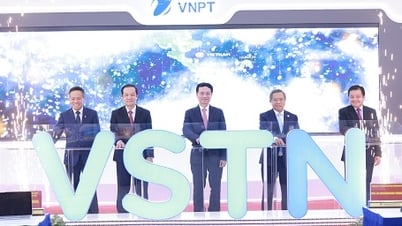

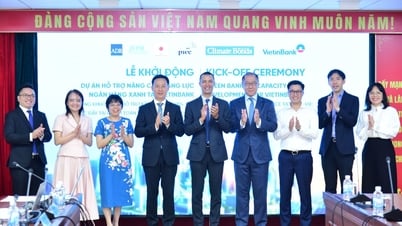
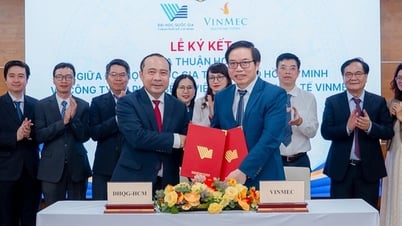

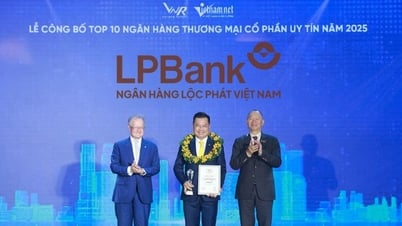
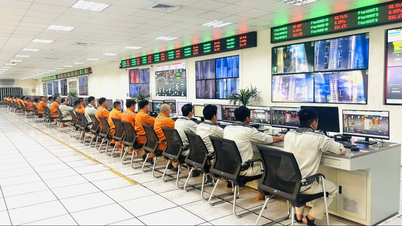

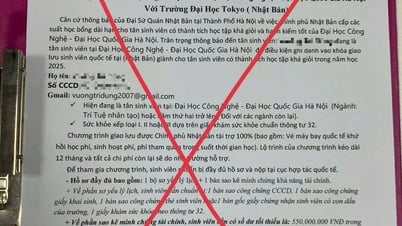
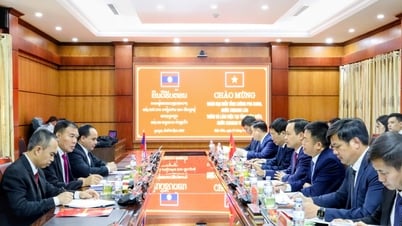





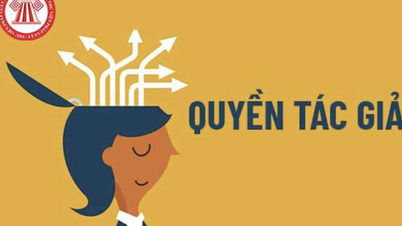

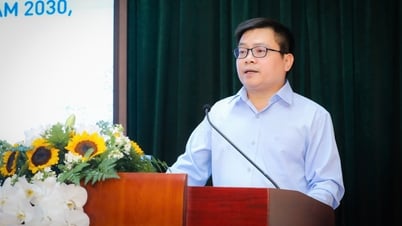


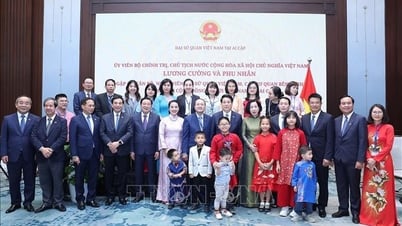

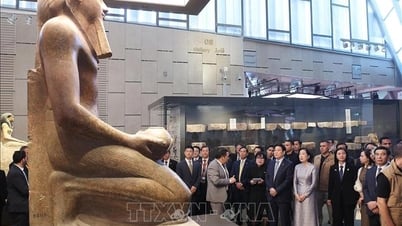






















Comment (0)